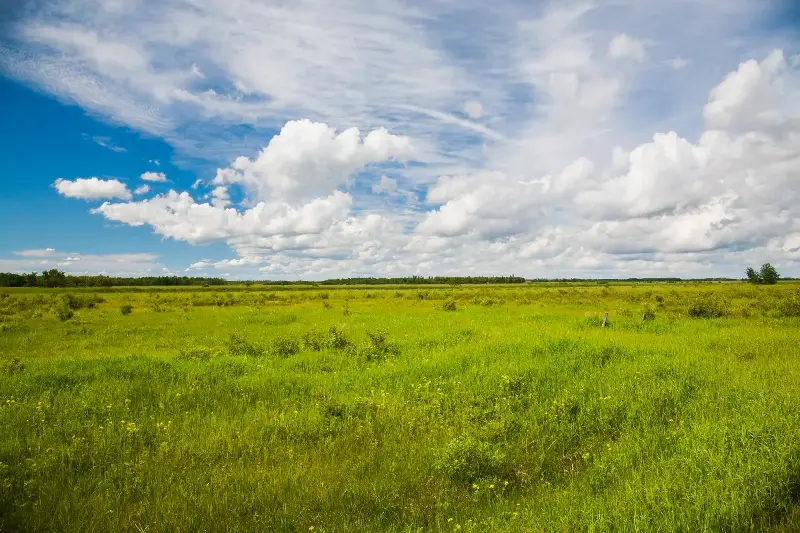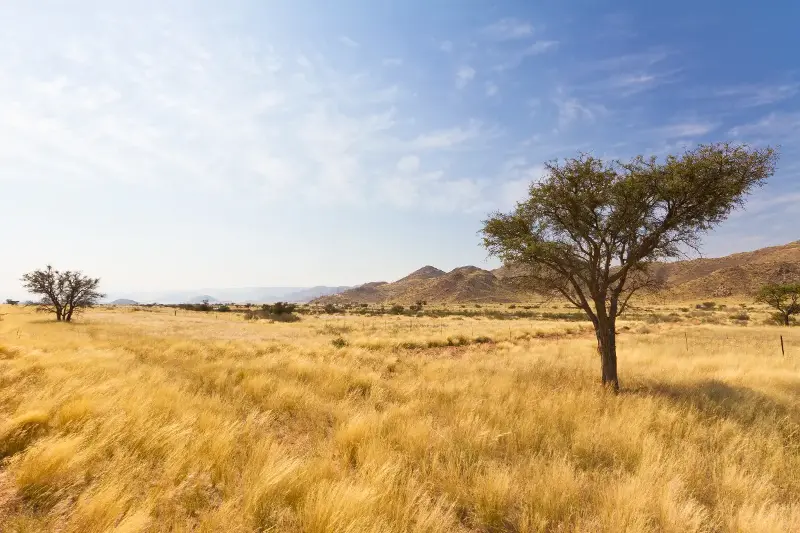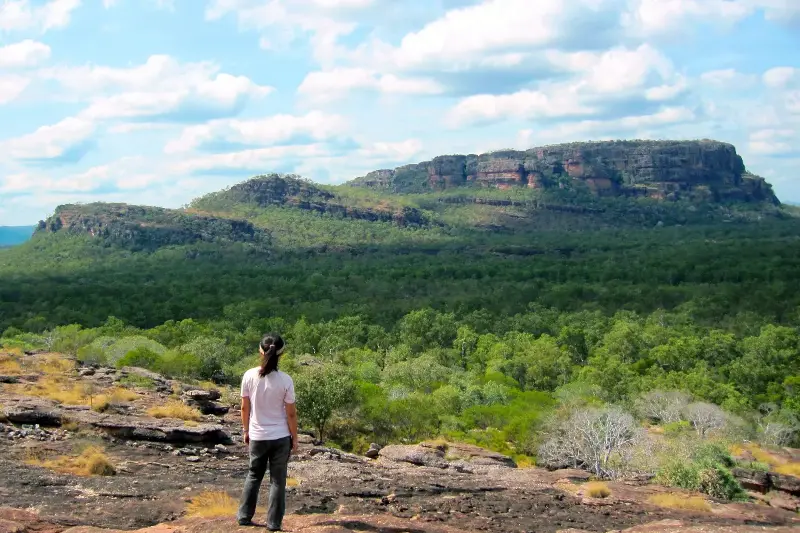Sweeping across continents in vast, golden waves, grasslands quietly shape the heartbeat of our planet. These open landscapes, from the African savannah to the North American prairies and Eurasian steppes, cover nearly one-third of the world’s land area. Yet, their impact is far mightier than their simple appearance might suggest. Within every swaying blade lies a world of intricate relationships, towering resilience, and ecological grace—a story that’s nothing short of magnetic in its power.

The Hidden Lungs Of The Earth
Forget the forests for a moment—grasslands are unsung heroes in the global battle for clean air. They capture and store enormous amounts of carbon, equalling the combined carbon banks of oceans and forests. Unlike forests, much of the carbon in grasslands is locked securely underground, in dense webs of roots that can stretch metres below the surface.
Beneath your feet, grasslands quietly store up to 30% of the world’s soil carbon, helping stabilise our climate and shield us from the harshest effects of climate change. Hardier in the face of fire and drought, grasslands bounce back with grace where other ecosystems might falter.
A Symphony Of Life: Biodiversity Beyond The Grass
Look closely, and the grassland is bustling with life. Unlike the dense, vertical drama of rainforests, the biodiversity here thrives in a wide, open horizontal dance.
- Insects like butterflies and bees flit busily among wildflowers, not only pollinating plants but also serving as food for other animals
- Herds of grazing animals—think zebras, bison, antelope, and kangaroos—roam, shaping the land with each step
- Predators such as lions, cheetahs, and wolves rely on these grassland grazers for their survival
- Birds, from swooping kestrels to the ground-dwelling ostrich, find nesting sites and food amid the grasses
Grasslands support more than 800 species of mammals and 1,000 types of birds worldwide, making them vibrant arenas of natural drama.

Nature’s Shield: Defence In A Changing Global Landscape
Grasslands offer more than beauty and wildlife. Often, local human communities have relied on them for centuries. Cattle and sheep graze on natural pastures, while traditional medicines and foods are sourced from native plants.
More impressively, grasslands act as natural sponges during storms, soaking up excess rainfall and reducing the risk of floods. Their deep roots prevent soil erosion, holding landscapes together even during times of drought. A healthy grassland doesn’t just survive difficulties—it thrives, making life better for everything connected to it.
Quiet Crises: The Threats Facing Grasslands
Despite all they provide, grasslands are some of the most threatened landscapes on Earth. Urban expansion, unsustainable farming, and the conversion of wild meadows to cropland have resulted in an alarming loss. Worldwide, it’s estimated that over 40% of grasslands have disappeared in the last 50 years.
When grasslands vanish:
- Rich topsoil blows or washes away with nothing to hold it
- Unique species lose their habitats, pushing them to the brink
- Carbon that was once stored underground is released, worsening climate change
Protecting what’s left isn’t just about beauty—it’s about global resilience.

Learning From The Land: How Grasslands Teach Us
Grasslands are teachers of patience, adaptation, and balance. Their survival strategies—from going dormant during droughts to thriving after the flames of a wildfire—remind us that resilience comes from working with nature, not against it.
Educational programmes worldwide are now recognising the importance of grasslands:
- Schoolchildren conduct wildlife surveys among wild grasses and flowers
- Farmers attend workshops on sustainable grazing methods
- Scientists cooperate with indigenous communities to blend traditional wisdom with new research
These initiatives rekindle appreciation for these biomes, inspiring a new generation to protect them.
As you finish this journey through the world’s grasslands, gaze out over any patch of wild grass—even the one beside your pavement. There’s an entire universe of life, resilience, and unseen grace woven between those green blades. What secrets might you discover if you looked just a little closer—and what role could you play in ensuring our grasslands remain wilder, healthier, and teeming with extraordinary life for the future?
